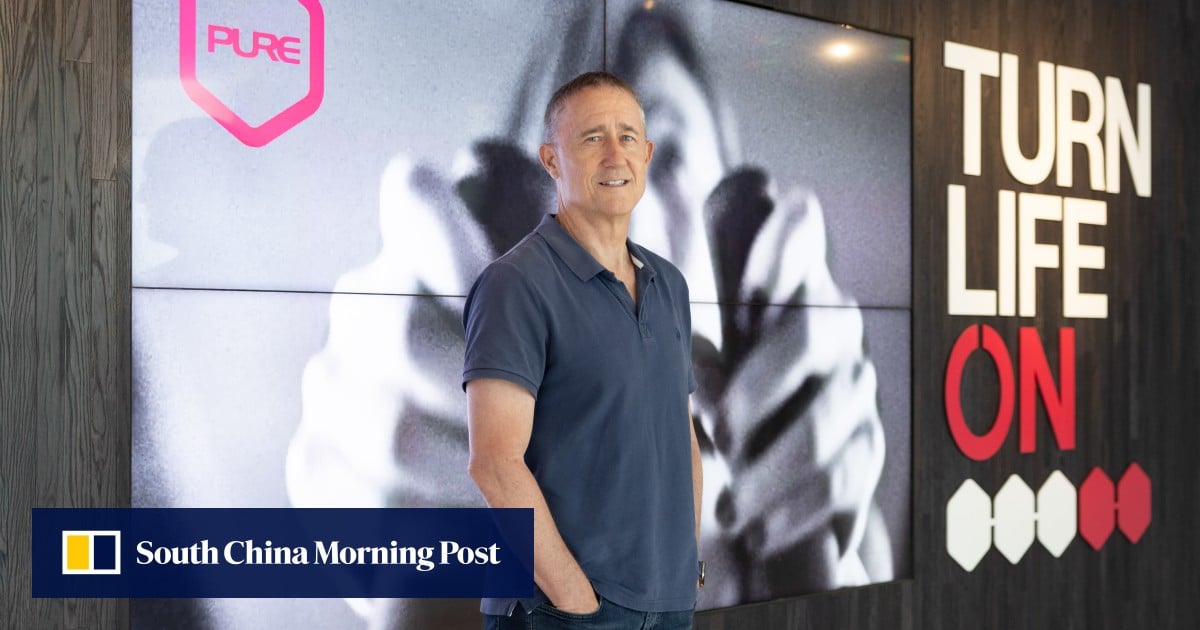Fashion
Industry Matters: How The Revolving Door Of Fashion Impacts The Many Not The Few

As the SS25 show season drew to a close, fashion chats turned to a different, but familiar, subject – the never-ending game of artistic director musical chairs. Speculation abounded as Hedi Slimane left Celine after six years, rumours circulated about JW Anderson’s potential exit from Loewe and gossip suggested Simon Porte Jacquemus may be taking the much-coveted job at Chanel. And that’s just a few of the top lines of the rumour mill…
These news stories might seem like harmless fashion soap opera fuelling group chats and industry Instagram pages, but for those who work in the teams at brands, these moves come with implications. From designers to merchandisers to press officers, art directors and pattern cutters, a change of artistic director means a changing of the guard – with those already in place vulnerable. They might be dispensed with, or at least frozen out.
‘It ends up being very detrimental to the team,’ says a designer who has worked with various brands, but wishes to remain anonymous. ‘Sometimes you can take this person, put them into this environment, and it makes a lot of sense, but most of the time, it’s a traumatic experience for everybody who works there.’ ‘When a new creative director is brought on, everyone’s worries [about job security] become exacerbated,’ says another anonymous designer. ‘My friend is currently at [a brand with a new creative director]. She was telling me how new designers are showing up out of the blue…no one is being told whether they are being replaced or if they’re just extra hands.’
Olya Kuryshchuk is the editor-in-chief of 1 Granary, the outspoken publication focused on new fashion talent. She echoes the designers’ comments. ‘The announcement of a new collection by a new creative director is celebrated, but it would be a very different conversation if there were more transparency along the lines of: “X brand announces new creative director. The whole design team got fired before the first show.”‘
A new artistic director hits the design teams hardest. ‘They’re evaluated on whether they can deliver on the “design handwriting” of the new director,’ says Barry Woods, the managing director of Life In Fashion, a recruitment agency that works with luxury fashion brands. ‘It’s not always based on talent alone. Some artistic directors come with a reputation for a certain way of working – or temperament! – that not everyone can or wants to manage.’
The second designer confirms these changes often mean the people in teams jump ship, or think about other opportunities. ‘You start to question your loyalties to the brand you work for, think about where you are in your career and what your next steps should or could be. Do you want to work under this new person? Perhaps you prefer them to the last one, perhaps you’ve heard terrible things or great things about them. It can be a pretty stressful time, for sure.’
They add that if a new creative director does decide someone is expendable, that person will almost certainly be ousted from the company. ‘[They] find a way of pushing you out through some loophole with redundancy or something….You may have worked somewhere for years, given up your weekends and evenings, so much of your mental capacity and creativity, but ultimately you’re at the mercy of whoever comes in as top dog.’
Woods says artistic directors often bring certain collaborators with them when they move to a different brand, and this can make existing members of staff vulnerable. The second designer points to a Creative Director of a luxury brand. ‘They are notoriously unapproachable, and keep a small inner circle of people they have worked with over the years,’ the designer says. ‘Once [the new creative director] started, every day you would see more and more people being called to HR and then leaving the same day. This happened for months.’
It’s not all bad news – mediators can help. Cozette McCreery is a fashion consultant drafted in to repair frictions that come with changes like this. ‘Maybe there’s somebody in the team that thought that they were going to get the job, Or maybe they thought their friend was going to get the job,’ she explains. ‘There can be personal resentments going on. I can say “these are my details. If you want to come and find me today, I’m here, or you can call me. It can be anonymous.”‘
Harmony amongst teams is, ultimately, what makes brands succeed and make good collections. That’s why the increasingly trigger-happy approach to replacing artistic directors after only a few seasons damages wider fashion. ‘The constant “change of guard” is volatile and not sustainable for the brands, for the people who work there, and for the industry at large,’ says Kuryshchuk. ‘A business can lose talent that has a strong understanding of the DNA of the brand,’ adds Woods. ‘Too many changes of direction and allowing creative directors to simply imprint their personal style onto a brand can eventually erode what made that brand iconic.’
Many of these brands are owned by large conglomerates such as LVMH or Kering – and these changes can be put down to pressure from boards to make as much money as possible. ‘I think that at some point there has to be a reckoning and a decision made to say “we’re selling enough, this is a good business, we can maintain rather than grow” but unfortunately the large groups aren’t structured to allow this mindset,’ says Woods. ‘If you look at smaller groups such as OTB [who own Diesel, Maison Margiela and Jil Sander], they have allowed their creative directors to settle into the roles and really create a clear identity for the brands that remains true to the essence of the brand while maintaining modernity.’
There are brands in fashion who lean into this idea. Woods namechecks Lucie and Luke Meier at Jil Sander and Julien Dossena at Paco Rabanne, as successes – at their brands for seven and 11 years respectively, presumably with happy teams in place. Nadège Vanhée, the creative director of Hermès, and John Galliano at Maison Margiela could be added to that list – both recently celebrated 10 years at their respective brands. Or, consider Max Mara’s Ian Griffiths who has been with the family owned house for over 30 years. A tenure which speaks to the value the brand places on continuity.
Ultimately, changes at the top of fashion brands are now a part of the industry but McCreery says the secret to making the transition between management is simple – be nice. ‘There are ways for people to act like human beings, to be pleasant. Rather than going in like a bull in a china shop, you’re actually aware of how other people are thinking. Maybe you go in and you’re not exactly the flavour of the month, but you know what? It doesn’t really matter. Everybody’s got a job to do.’
ELLE Collective is a new community of fashion, beauty and culture lovers. For access to exclusive content, events, inspiring advice from our Editors and industry experts, as well the opportunity to meet designers, thought-leaders and stylists, become a member today HERE.








.jpg)


